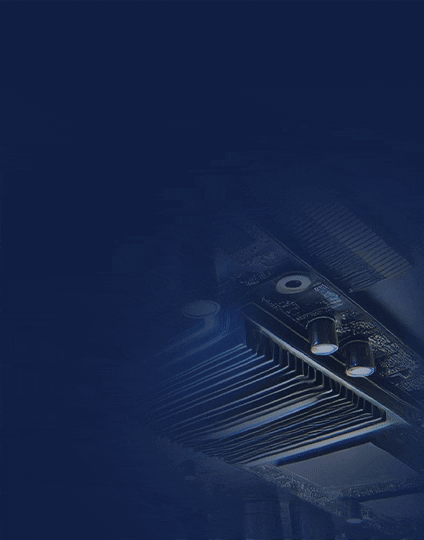FPGA play a critical role in modern radar systems, powering advanced surveillance and navigation applications.
From air traffic control to autonomous vehicles and defense systems, Field-Programmable Gate Array-based radar technology enables accurate detection, tracking, and imaging of objects in real time.
The demand for higher performance, low latency, and flexibility has driven the adoption of these radar systems.
They offer a unique combination of programmability, parallel processing capabilities, and high speed, making them ideal for advanced radar applications.
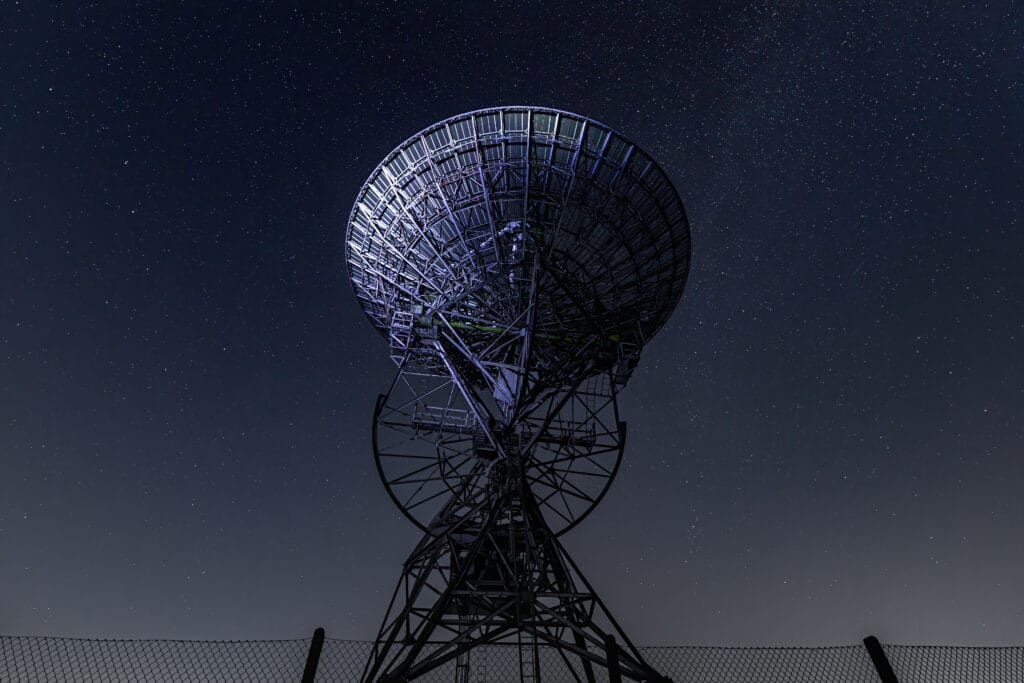
Introduction to FPGA-Based Radar Systems
Traditional radar systems often rely on fixed hardware architectures, which can limit flexibility and adaptability to evolving requirements.
These offer a reconfigurable platform that allows engineers to implement complex signal processing algorithms directly in hardware. This capability is essential for modern radar systems that require high throughput, low latency, and the ability to handle multiple functions simultaneously.
Such radar systems can process signals at extremely high speeds, allowing for real-time object detection and tracking. These systems can also be updated or modified without replacing the hardware, ensuring long-term adaptability and reducing overall system costs.
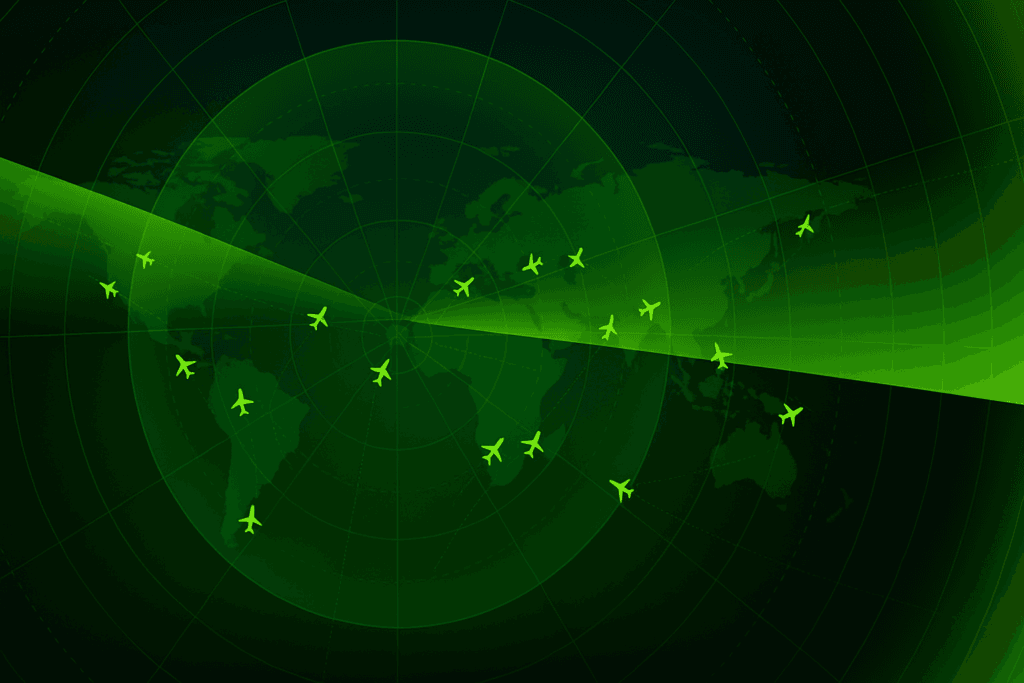
Key Advantages of Using FPGAs in Radar Systems
High Speed Signal Processing: It excels at parallel processing, enabling the execution of multiple operations simultaneously. This feature is particularly important for radar systems, which need to process large volumes of data in real time.
Tasks such as pulse compression, Doppler processing, and beamforming can be implemented efficiently on FPGA platforms.
Low Latency Performance: In applications such as autonomous vehicles or defense radar, low latency is critical. These radar systems can achieve microsecond-level latency, ensuring rapid response to changing environments.
This is crucial for collision avoidance, target tracking, and threat detection.
Flexibility and Reconfigurability: One of the biggest benefits of FPGA-based radar systems is their reconfigurability. Engineers can update algorithms, add new functionalities, or optimize existing processes without changing the hardware.
This adaptability is essential in applications where radar requirements evolve over time.
Power Efficiency: These are capable of performing complex computations with lower power consumption compared to general-purpose processors.
Efficient power management is especially important for mobile or airborne radar systems, where power resources are limited.
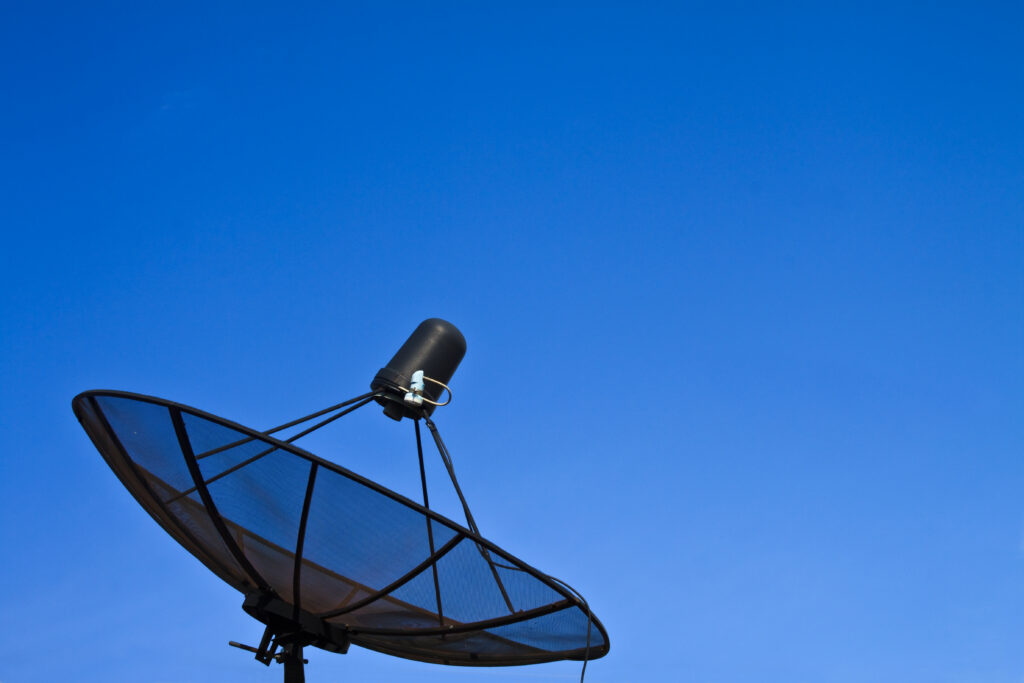
Applications of FPGA-Based Radar Systems
Defense and Military: FPGA-based radar systems are widely used in defense applications, including surveillance, target tracking, and missile guidance.
The ability to process high-speed signals and adapt algorithms quickly makes FPGAs suitable for modern battlefield requirements.
Aerospace and Aviation: Air traffic control and aircraft navigation rely on radar systems to ensure safe operations. FPGA-based radar solutions enable real-time monitoring of airspace, collision avoidance, and accurate navigation even in challenging weather conditions.
Autonomous Vehicles: Self-driving cars and unmanned vehicles use radar systems to detect obstacles, pedestrians, and other vehicles.
FPGAs allow these radar systems to process large amounts of sensor data with low latency, improving safety and navigation performance.
Maritime and Marine Navigation: Ships and submarines utilize radar for navigation and obstacle detection.
FPGA based radar systems enhance situational awareness, helping vessels operate safely in congested or low visibility conditions.
Medical Imaging and Remote Sensing: Beyond navigation, radar technologies are also applied in medical imaging and environmental monitoring.
FPGA platforms allow high resolution imaging and accurate signal processing, enabling new research and diagnostic applications.
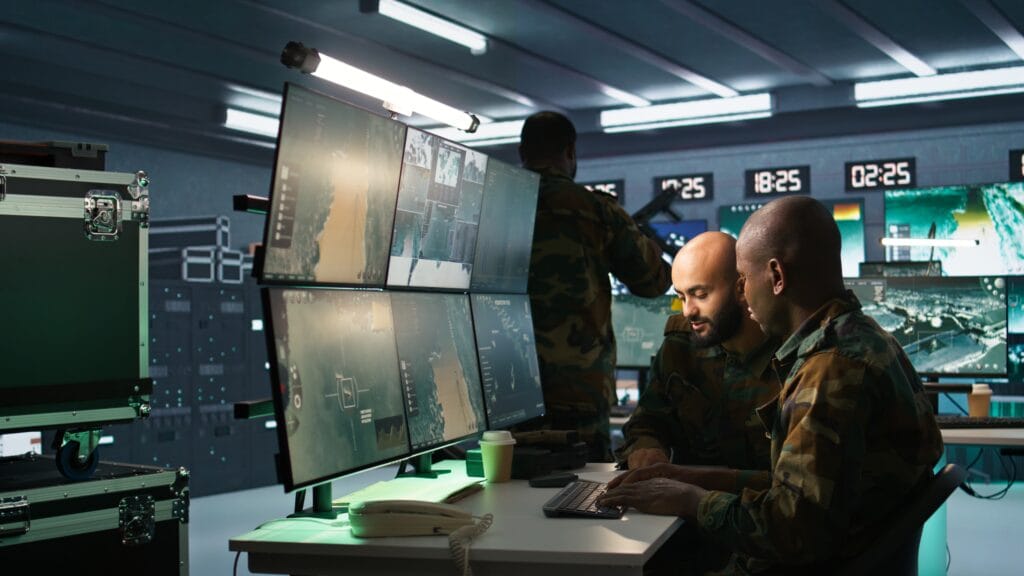
Design Considerations for FPGA Based Radar Systems
When developing FPGA based radar systems, several design factors must be considered. These include the choice of FPGA device, memory architecture, data throughput requirements, and algorithm complexity.
Signal integrity, synchronization, and thermal management are also critical aspects to ensure reliable operation. Engineers must carefully balance performance, power consumption, and cost to meet the specific requirements of each application.

Conclusion
FPGA based radar systems represent a significant advancement in surveillance and navigation technology. Their high speed processing, low latency, flexibility, and power efficiency make them ideal for a wide range of applications from defense to autonomous vehicles.
By leveraging this technology, engineers can develop radar systems that are not only powerful and reliable but also adaptable to future requirements.
As radar applications continue to evolve, it will play a central role in shaping the next generation of intelligent sensing and navigation systems.


![What is FPGA Introduction to FPGA Basics [2023] computer-chip-dark-background-with-word-intel-it](https://fpgainsights.com/wp-content/uploads/2023/06/computer-chip-dark-background-with-word-intel-it-300x171.jpg)


